|
Whilst studying towards a degree in Scottish Ethnology, I did research into the step-dance tradition in Scotland and in Cape Breton as part of an Emigrant Traditions course at the School of Scottish Studies. As part of the research I sent out questionnaires to many step-dancers, to explore the evolution of the tradition and the similarities/differences between the transmission and performance of step-dance in these two places. My informants included Dawn Beaton, Mary Janet MacDonald, David Rankin, Tara Rankin, Mats Melin, Nic Gareiss, Michelle Greenwell, Abbie MacQuarrie, Seonag Buxton and Deirdre Graham. The most striking, yet inevitable, difference between the traditions in these two contexts was that in Cape Breton, for the most part, step-dance is still learned and passed on in family and community setting. Whereas, in Scotland, step-dance exists in a revivalist context with learning and teaching environments which are, in most cases, formalised classes or workshops. As I'm a step-dancer myself, I of course would have my own responses to these questions and I thought it would be interesting for me to share them with you here... 1. How were you first introduced to step dance? Where/from whom did you learn to dance?How were you first introduced to step dance? Where/from whom did you learn to dance?I was first introduced to step-dance aged 10 when I saw a performance by Harvey Beaton and Buddy MacMaster in Inverness (Scotland). After taking some classes at my local Fèis, the following year I attended a course with Harvey Beaton (Cape Breton) and Donal Brown (Scotland) at Sabhal Mòr Ostaig on the Isle of Skye. Following that I attended Fèisean where I learnt from Frank McConnell, Deirdre Graham and Jane MacNeil. and laterly Margie Beaton at Ceolas. 2. Do you have a background in dance or any other cultural forms (music, song)? If so then what style of dance and did you have any formal training?
3. On what occasions/ in what contexts do you usually perform? Do you usually perform as a solo dancer or with other dancers?
4. Is there a particular type of footwear which you chose to wear for dancing?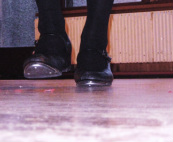 Dancing feet! Dancing feet! When I was younger I would always wear my school shoes for dancing. This would be my pre-requisite for buying new school shoes and I would end up dancing in the shop to try them out! A few years ago, I did tap dancing in a production of the musical 'Thoroughly Modern Millie' and, after buying tap shoes for the show, I started wearing tap-shoes for step-dancing. This is good for concerts because the taps amplify the steps and give a crisp, clear sound. However, I am always on the look out for a good pair of leather-soled shoes for more intimate settings and accompanying puirt-a-beul for example. Also, leather-soled shoes give me a better sense of contact with the floor and a range of percussive sounds and tone which you don't get with taps. 5. What, in your opinion, are the signs of a ‘good dancer’?
6. How important is music to the performance? Are there any tunes in particular which you prefer or would select to dance to?Music is very important. It is the rhythmic relationship between the musician and the dancer which makes dancing so enjoyable for me. Although there are some tunes which are typical for step-dancing I enjoy dancing to most tunes. The older tunes with a strong pulse seem to fit best with some of the traditional steps but I also quite like trying out new steps to fit modern, “quirky” fiddle and pipe tunes. With strathspeys, however, I find that when the tunes are played slow and pointed (in a style more suited to country dance or Highland dancing) the steps have to be altered in a way that they loose their drive and punchy rhythm. 7. When you perform do you usually follow a certain routine or pattern/combination of steps?
8. Would you say that you had a ‘repertoire’ of dance steps? Would you be able to put a number to how many steps that includes? How do you remember steps and identify individual steps?Since I started teaching step-dance I have become more aware of a repertoire of steps, but even still I make steps up on the spot sometimes to teach my pupils and demonstrate how the essential movements (shuffle, hop, tap, heel click ect.) may be put together and combined in a multitude of different ways giving you endless possibilities for rhythmic combinations. I don't really have names for most of the steps but normally as long as I can remember the rhythm then I will remember the step. 9. Do you make up your own steps? How much space, do you feel, is there for variation and improvisation within the tradition? Have you ever tried/performed/considered combing ‘traditional’ step dance with other forms/styles of dance?
10. Why do you dance?Because I love it! There is something about the physical interaction with music which gives me a buzz, it quite literally gets the heart bumping. I love listening to traditional music in all it's various forms – at concerts, on the radio, on my ipod – but often the tunes are calling out for us to move, dance, join in, engage with the music and with each other. Even just watching dance puts a smile on my face, if I'm not already on the dance floor myself!
4 Comments
|
Sophie's BlogThis blog is for all things dance related... I post videos, articles information and news, making it a great way to keep up with what's going on the the step-dancing world! If you have any news to share, or would like to contribute something to this blog, then feel free to send your blog post to [email protected] and I will put them up on the website! Categories
All
|
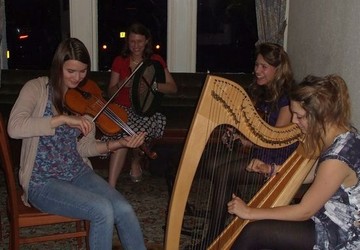
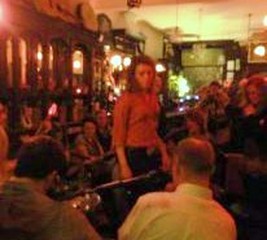
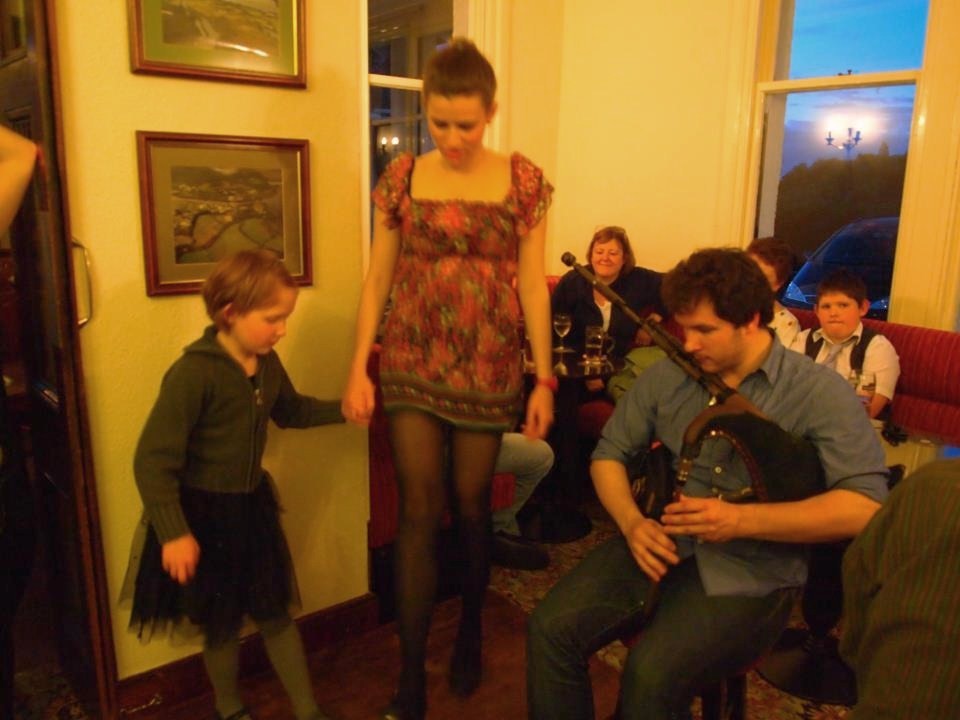
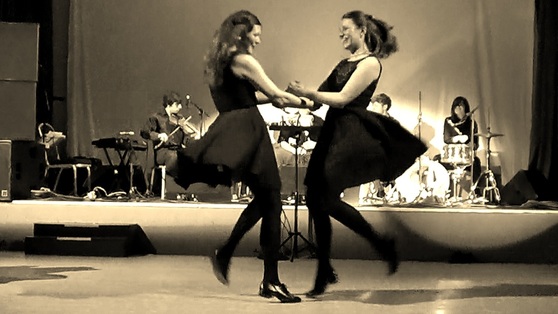
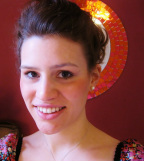
 RSS Feed
RSS Feed
